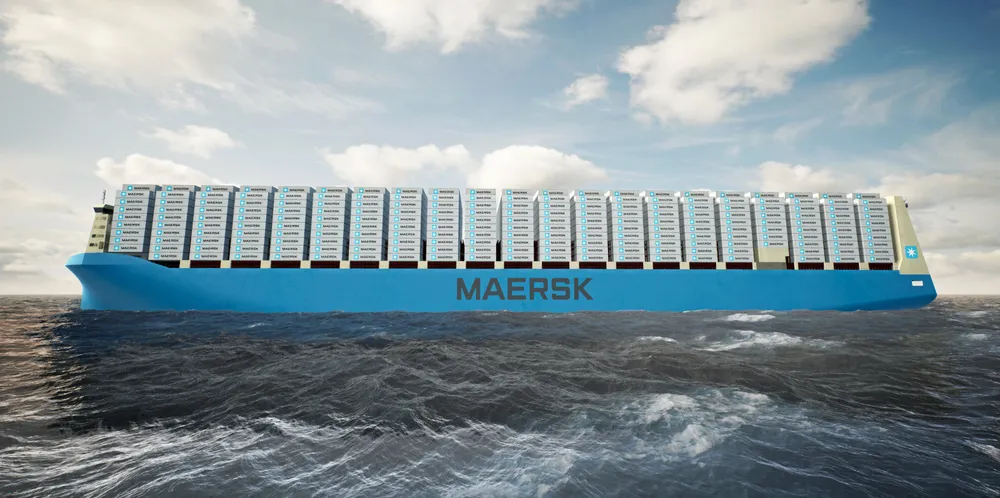Shipping giant Maersk to become major green hydrogen consumer as it embraces methanol fuel
Danish company has ordered 12 methanol-powered container vessels from shipbuilder Hyundai Heavy Industries

Danish company has ordered 12 methanol-powered container vessels from shipbuilder Hyundai Heavy Industries
